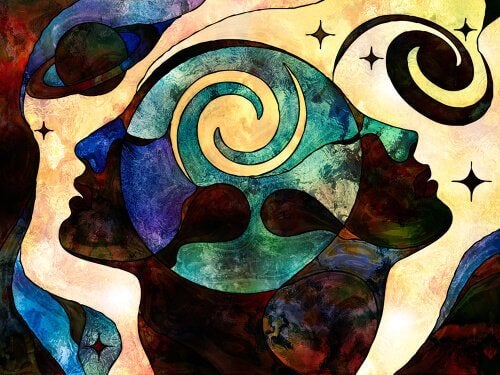If we ask someone what a fear is, they will probably tell us that it is an amazing reaction, so when something scares us, we may be afraid, we are talking about a feeling that arises from the perception/intuition of a threat.
If we consult Wikipedia, we will find the following definition:? The reaction of fear, startle or alarm is a response of the mind and body to a sudden and unexpected stimulus, such as the light of a flash, a loud sound or a rapid movement near the face In the case of humans, the reaction includes physical movement, contraction of the muscles of arms and legs and often , a wink.
- However.
- It is not that kind of “fear” that we will discuss in this article.
- There are riots or cultural concepts of unrest that are typical of certain cultures or societies.
- Fear is a disease that exists in popular legends that awaken the imagination of some Andean peoples.
- That is the kind of fear that we are talking about.
Culture-dependent syndromes refer to “unusual patterns of disruptive, recurrent, and site-specific behavior and experiences. “Some of these models are considered by natives to be “disease”. Or at least as causes of suffering, and most are known by local names.
These syndromes are limited to specific societies or cultural areas and give consistent meaning to certain sets of experiences and observations.
Thus, fear is a cultural explanation of the unease and unhappiness that prevails among some Latinos in the United States, and also occurs in people from Mexico, Central and South America.
This concept is not recognized as a disease category among Caribbean Latinos, but then what is fear?Fear is a disease attributed to a terrifying event that causes the soul to leave the body.
This division is the result of misfortune and disease, in addition to the difficulty of playing fundamental social roles, symptoms can appear at any time: they can go from a few days to several years after you have experienced the event that scared you. can lead to death.
Wonder or fear can be defined as a “psychological impact. “Variable intensity resulting from several factors. Among them are those of supernatural character, natural phenomena and circumscribed in personal experiences that are presented as unexpected facts.
As can be seen, fear is a noological entity with a traditional affiliation that extends virtually throughout Latin America, however, the way it is known, the propensity to acquire it and therapeutic or preventive ritual practices, have particular connotations related to different geographical regions. .
There are no specific symptoms that define it, however, symptoms usually appear in the form of eating disorders, insomnia or excessive sleep, restless sleep or nightmares, feelings of sadness, low self-esteem, interpersonal sensitivity and apathy.
Body symptoms that accompany fear may include muscle upset and pain, cold limbs, paleness, headache, abdominal pain and diarrhea. The events that trigger it are diverse. These events include natural phenomena, animals, interpersonal situations, supernatural entities, among others.
“Fear or wonder can be defined as a psychological impact of varying intensity that occurs due to several factors. Among them are those of supernatural nature, natural phenomena and circumscribed in personal experiences that emerge as unexpected facts ?.
Somatic diseases are generally chronic and very diverse. Are they attributed to? Heart loss? Induced, as we have said before, by intense, often supernatural fear. In some cases, traumatic events are not lived personally.
Patients are affected when others (usually family members) are afraid; other symptoms include restlessness, anorexia, insomnia, fever, diarrhea, confusion or apathy; different studies attribute some cases to undesensified hypoglycaemia and organic diseases; have also been attributed to widespread diseases. anxiety or stress disorders caused by social conflict or low self-esteem.
In the Zapotec language (spoken in some parts of Mexico) three types of fear called cibih have been identified, each of which has different relationships with psychiatric diagnoses.
Interpersonal fear is characterized by feelings of loss, abandonment and not being loved by the family. The symptoms that accompany it are: sadness, low self-esteem and suicidal thoughts. This type of fear appears to be closely related to major depressive disorder.
Another possibility is that fear is the result of a traumatic event that played a fundamental role in the configuration of symptoms and in the emotional treatment of experience, in this case the diagnosis of post-traumatic stress disorder seems more appropriate.
On the other hand, there is also fear characterized by several recurrent somatic symptoms, so the person has already sought the help of several doctors, so it is considered similar to a somatic disorder.
As we have seen, fear is classified and treated as a whole, in which specific elements can be recognized, although there is no exact equivalent of this popular disease, is a condition that can sometimes be confused with other diseases, due to the complexity of differential diagnosis, in this way it can even hide different organic pathologies.

